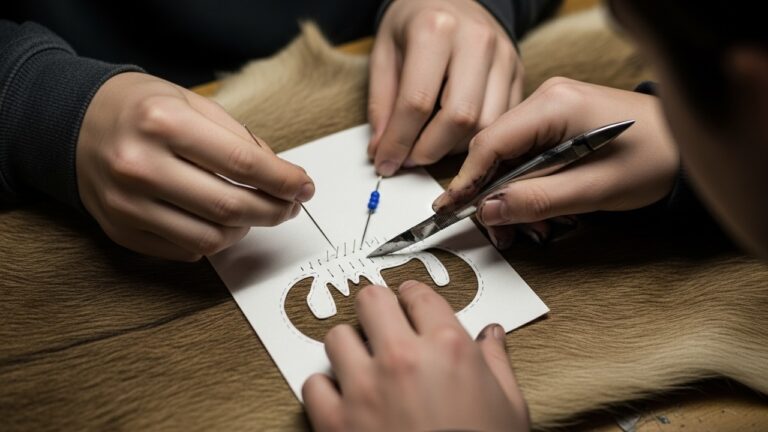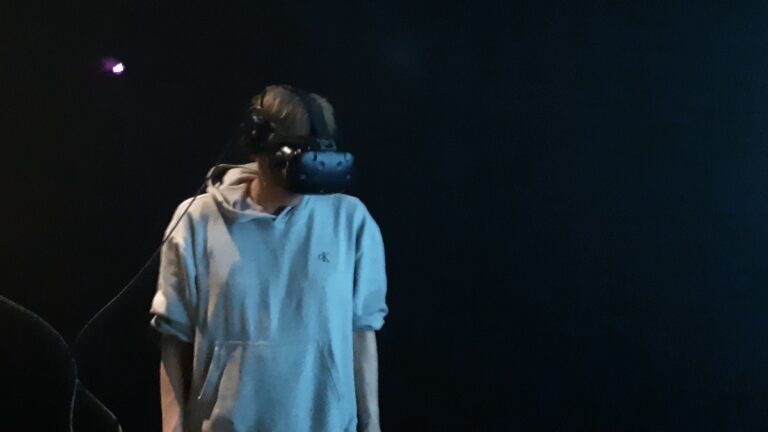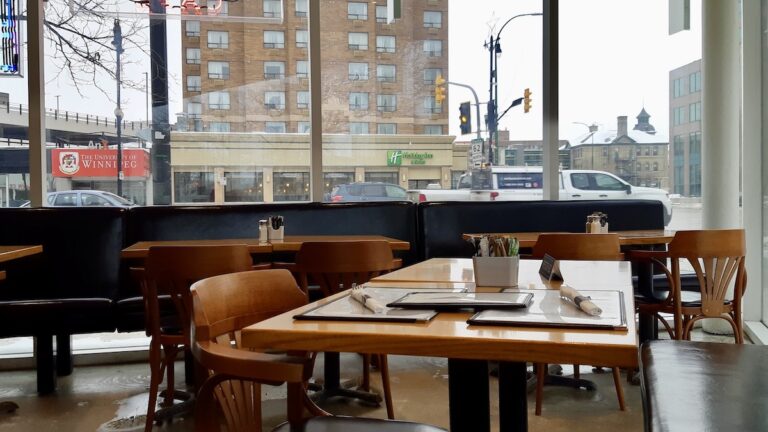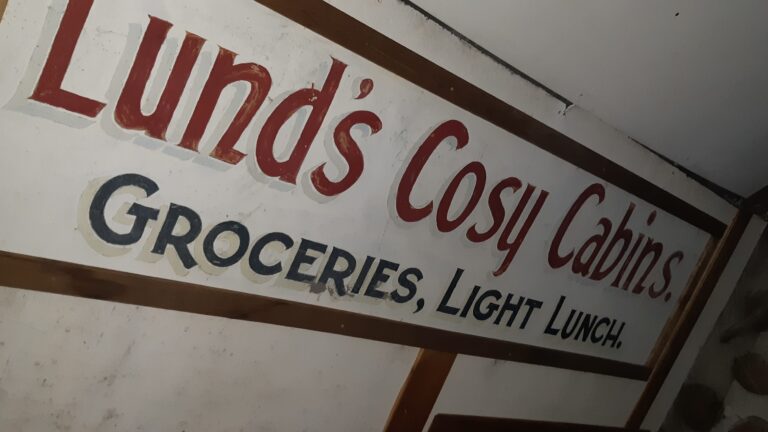
Digital return systems are able to revolutionize how rural and remote communities share their stories and connect with global audiences. These innovative tools empower artists to showcase their work beyond geographic barriers, fostering new opportunities for collaboration and creative expression.
In many rural and northern communities, artists face significant challenges when it comes to sharing their work with the outside world. Geographic isolation, social disintegration, limited access to galleries and exhibitions, and a lack of infrastructure often prevent local artists from reaching broader audiences. However, digital return systems have long been valued as transformative solutions to these barriers, providing communities and artists with the tools to preserve and share their cultural heritage in meaningful ways.
In the north, digital return systems allow Indigenous knowledge, cultural artifacts, and art to be digitized, preserved, and returned to the communities from which they originated. These systems not only empower communities to retain control over their heritage but also enable artists to showcase their work to global audiences without the need for physical space or travel.
As highlighted in a 2016 SSHRC-funded gap analysis “The Design and Development of Digital Return Platforms for Northern Indigenous Heritage,” many northern and rural communities face a significant digital divide when it comes to accessing the necessary tools and technologies to preserve their cultural heritage. The report, which explored the challenges and opportunities faced by these communities, emphasized the need for capacity-building at the local level to enable effective digitization and sharing of art and cultural knowledge.
“We saw in the gap analysis that communities needed more than just access to technology—they needed training, resources, and support to ensure their stories and cultures could be preserved digitally,” said Jamie Bell, a Winnipeg-based interdisciplinary artist who contributed insights to the original 2016 project through his work with the Arviat Film Society. “The analysis pointed out that if northern and Indigenous communities are going to share their art and stories on their own terms, they must first have control over the tools and processes used to digitize and share their work.”
What Digital Return Systems Are and Why They Matter
Digital return systems refer to initiatives that ensure cultural artifacts and knowledge—whether in the form of artwork, traditional stories, or historical records—are digitized and returned to their communities. These kinds of systems empower communities to maintain ownership of their heritage, providing them with the means to store, protect, and share their cultural assets in the digital realm.
In rural and isolated communities, where access to galleries, cultural centers, or preservation resources is often limited or sometimes non-existent, digital return systems can bridge these gaps. They provide platforms for artists to share their work with audiences at home, and across the globe without the financial and logistical barriers that come with travel and physical exhibitions. For many artists, this opens up new possibilities for exposure and engagement, as well as preserving their work for future generations.
“Digital return systems aren’t just about making things available online,” said Tony Eetak, a Winnipeg-based artist, emerging artist and founding member of the Art Borups Corners collective. In Inuktitut he said “It’s about giving people a chance to interact with our art in new ways while ensuring our home communities have control over how our culture is represented. It’s not just a tool for us to reach wider audiences—it’s a tool for self-determination.”
Closing the Digital Divide
Jamie Bell. another of the interdisciplinary artists involved with Art Borups Corners recalls the gap analysis as providing critical insights into the real-world applications of these systems. And that work is even more relevant today, as northern communities increasingly adopt new technologies and infrastructures that were not available five or ten years ago. The gap analysis, conducted by researchers from the University of Calgary highlighted the disparities in access to digital resources and the need for localized capacity-building. And despite recent advancements, for many communities in the north, basic infrastructure like high-speed internet, digital training programs, and access to technology still remain out of reach. Without these resources, communities risk losing the opportunity to preserve and share their unique cultural narratives in the digital age.
“We’ve seen time and time again that the barriers aren’t just financial; they’re also about access to the necessary skills, tools and mindset,” Jamie explained. “The gap analysis from 2016 made it clear that for Indigenous communities to thrive in the digital world, we needed to ensure that artists had the support to create, preserve, and share their work on their own terms. And many of those issues are still prevalent today.”
Building local capacity is key to designing, developing and sustaining digital return systems in the long term. Training local artists, cultural leaders, and technical experts, communities can ensure that they are not just recipients of digital tools but active participants in creating, managing and growing these platforms and systems. This capacity-building also makes sure that the cultural integrity of work is maintained, giving communities the power to determine how best to share their stories in authentic and meaningful ways.
For many Indigenous artists, the ability to control how their work is shared and represented is paramount. With the explosive growth of digital tools and platforms, artists can now create virtual galleries, host online exhibitions, and design immersive experiences that bring their art to audiences far beyond their local communities.
“The digital return system has completely shifted how we can share our work with the world,” said Bell. “It allows us to retain our cultural ownership while also connecting with audiences who might not have otherwise had access to our art and projects. In many ways it’s a new way for communities to share their stories and show the world who they are.”
Ensuring that communities have the skills to manage these systems, digital return initiatives can foster a stronger sense of agency and control, ensuring that the voices of artists, especially those from First Nations, Metis and Inuit communities are heard on their terms.
Building Capacity for Digital Return Systems
In recent years, digital return systems have undergone a significant transformation, breaking free from the confines of universities and well-funded galleries and museums that once dominated the field. Advances in technology, combined with the growing availability of high-bandwidth internet and affordable digital tools, are levelling the playing field. Communities that were historically excluded from leading these efforts are now taking the driver’s seat, using digital return systems to share their work, stories, and cultural resources on their own terms. This shift places control back into the hands of local artists and community members, empowering them to decide how their narratives are told and who has access to them, without reliance on external institutions or gatekeepers.
As the importance of digital return systems continues to grow, it’s clear that the future of arts in northern and rural communities depends on having the ability to build local capacity. In the years since the original gap analysis, much progress has been made in creating the conditions for artists and cultural leaders to access tools and training they need to thrive in the digital age. However, much work remains to be done to ensure that these communities can continue to share their cultural assets in ways that are sustainable, empowering, and culturally relevant.
“The future of digital return systems lies absolutely in community-driven efforts,” said Jamie. “As more communities increasingly gain access to these tools and systems, we’ll see a new wave of creativity and empowerment.”
In the end, the goal is not just to share artwork or preserve culture but to create a lasting infrastructure that ensures communities remain at the heart of how their art and stories are told. Continuing to build capacity for digital return systems, artists and community-led organizations are ensuring that future generations of artists will have the tools they need to share their work and preserve their heritage for years to come.




